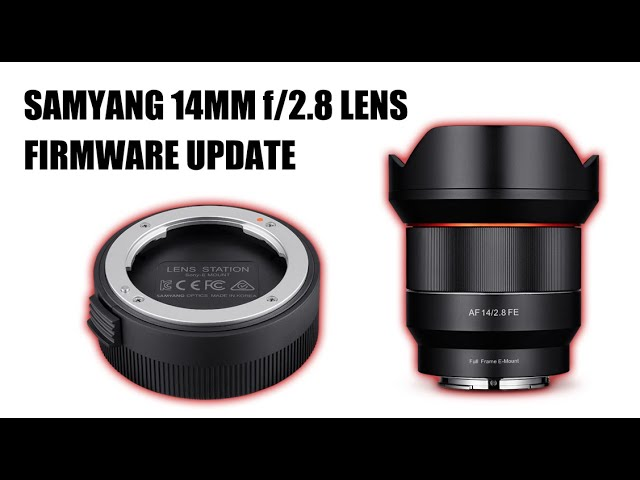Samyang vs Sigma: Wide-Angle Lens Comparison
- Talha
- Sep 23
- 3 min read

Introduction
Wide-angle lenses are among the most exciting tools for photographers and filmmakers, offering the ability to capture expansive landscapes, dramatic architecture, and immersive video footage. When it comes to wide-angle options, two brands frequently stand out: Samyang and Sigma. Both are respected in the photography world, but they bring slightly different philosophies and strengths to the table. This comparison will help you understand how Samyang and Sigma wide-angle lenses differ in terms of design, performance, price, and overall usability, making it easier to decide which one fits your needs.
Optical Quality
Samyang Wide-Angle Lenses
Samyang has earned a reputation for creating lenses with sharp optics and minimal distortion, especially in their ultra-wide focal lengths. Lenses like the Samyang 14mm f/2.8 are widely praised for astrophotography and landscape shots, delivering excellent sharpness across the frame. Samyang lenses often emphasize natural color rendering and good contrast, making them reliable for both stills and video. If you’re looking for affordable and versatile options, samyang Camera lenses offer a wide range suited to both enthusiasts and professionals.
Sigma Wide-Angle Lenses
Sigma’s Art series wide-angle lenses are known for their exceptional sharpness and optical performance, often rivaling or surpassing first-party lenses. For example, the Sigma 14-24mm f/2.8 Art lens delivers corner-to-corner clarity with minimal chromatic aberration. Sigma also tends to use advanced coatings to reduce ghosting and flaring, making them excellent for challenging lighting conditions.
Build and Design
Samyang: Lightweight and compact, Samyang lenses are often preferred by travel photographers and videographers who value portability. While build quality is solid, most Samyang wide-angle lenses are designed to be budget-friendly, so you may not get the same rugged feel as premium lines.
Sigma: Sigma’s Art series lenses are typically larger and heavier, built with a robust design that feels premium. Weather-sealing is a common feature, making them suitable for professional environments. However, the extra weight may be a drawback for those seeking compact setups.
Autofocus and Manual Focus Options
Samyang has increasingly introduced autofocus lenses in recent years, but many of their most popular wide-angle options are still manual focus. This makes them ideal for astrophotography or controlled shooting environments but less practical for fast-paced work like events or vlogging.
Sigma, on the other hand, is known for fast, reliable autofocus systems. Their wide-angle lenses are particularly useful for hybrid shooters who switch between photo and video and need precise focusing performance.
Price and Value
One of the biggest differences between Samyang and Sigma comes down to price.
Samyang: More budget-friendly while still delivering impressive optical quality. They are an excellent choice for beginners or enthusiasts who want professional results without overspending. Checking the latest camera lenses price in pakistan can help you find a Samyang lens that fits your budget.
Sigma: Positioned at a higher price bracket, especially the Art series. However, the premium price comes with exceptional build quality, advanced optics, and autofocus reliability.
Ideal Use Cases
Samyang Wide-Angle Lenses: Best suited for astrophotography, landscape photography, and videographers who don’t mind manual focus. Their affordability also makes them appealing to hobbyists and budget-conscious professionals.
Sigma Wide-Angle Lenses: More appropriate for professionals needing fast autofocus, premium build quality, and high-performance optics for weddings, commercial shoots, and demanding projects.
Conclusion
Both Samyang and Sigma excel in the wide-angle lens market, but they cater to slightly different audiences. Samyang shines with affordability, lightweight design, and strong optical performance—making it a favorite for landscape and astrophotographers. Sigma, on the other hand, offers premium performance with autofocus and professional-grade durability, ideal for those who need reliability in fast-paced or commercial environments.
In the end, the choice between Samyang vs Sigma wide-angle lenses comes down to your style of photography, budget, and whether you prioritize manual precision or autofocus convenience.


Comments